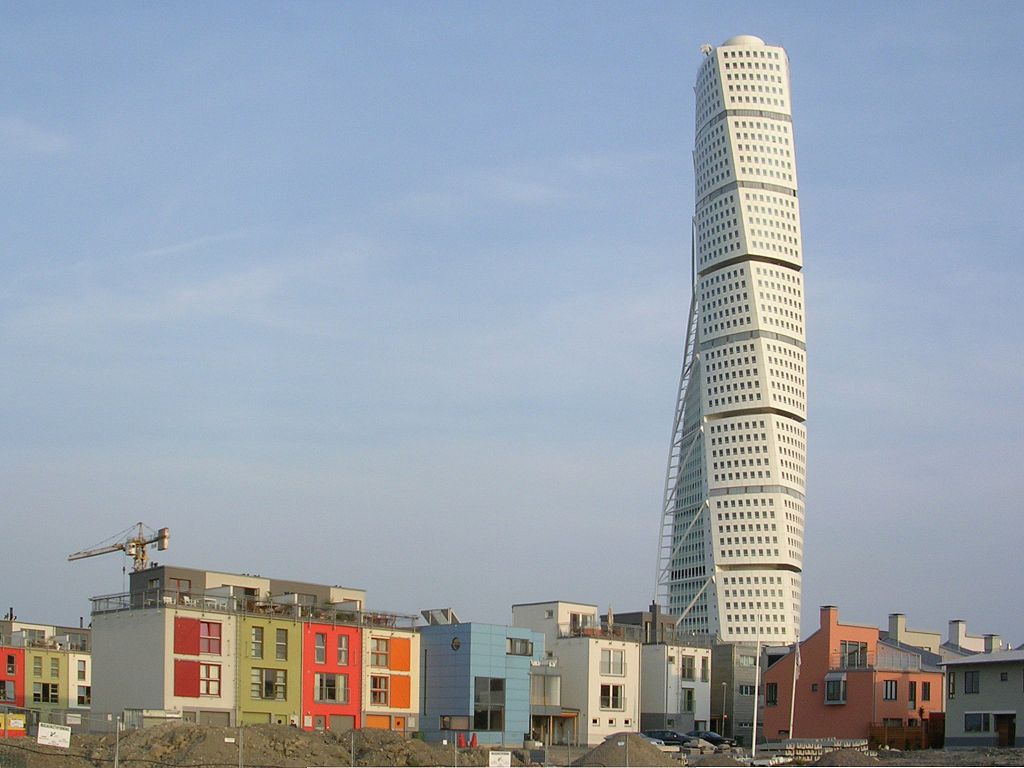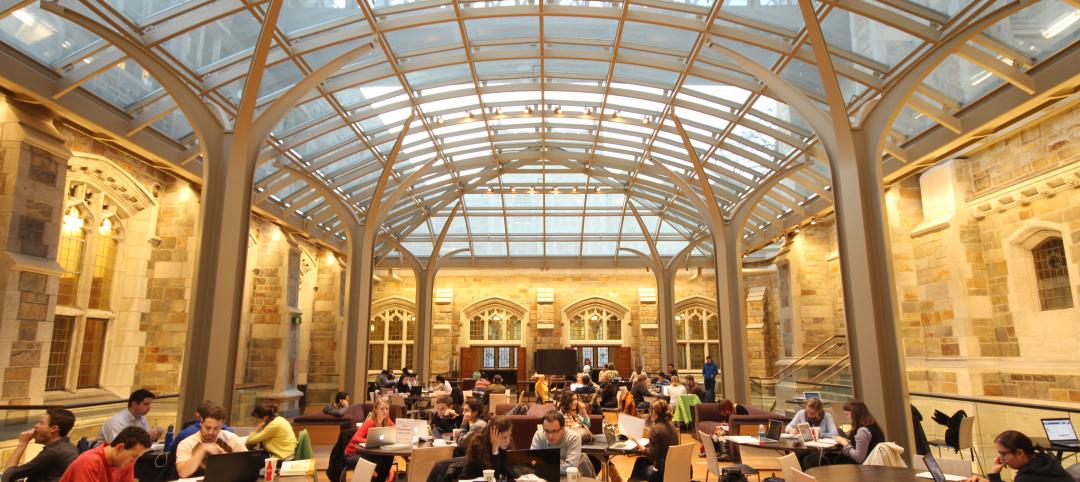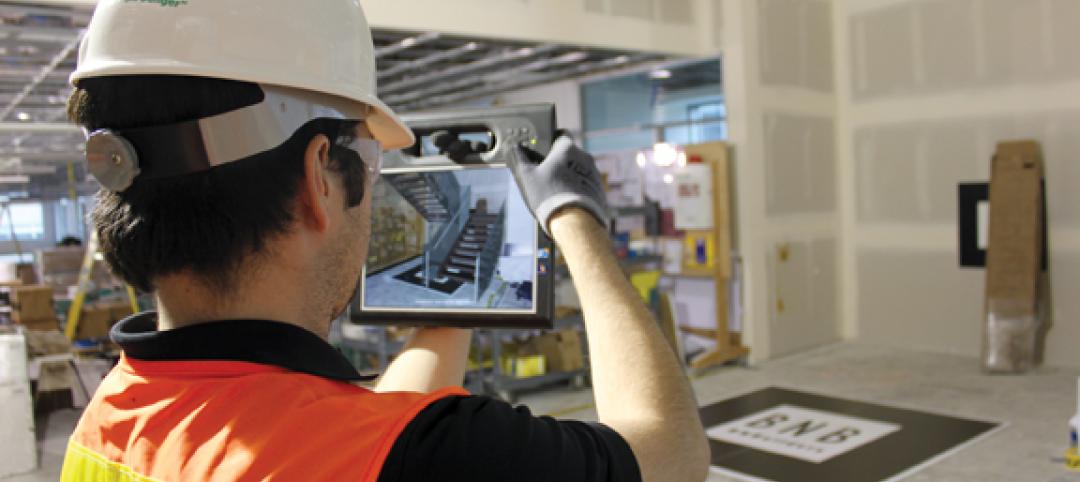On Tuesday, the Chicago Athenaeum Museum of Architecture and Design and the European Centre for Architecture, Art, Design and Urban Studies announced Santiago Calatrava as the winner of the 2015 European Prize for Architecture.
The honor is awarded every year to architects who have “blazoned a new path and direction for an architecture that is deeply humane and committed to forward the principles of European humanism,” according to The Chicago Athenaeum’s website.
Calatrava, who has a background in both architecture and engineering, is known for his curved structures made of steel and concrete.
"His buildings are not just 'building,'" said Christian Narkiewicz-Laine, the President of The Chicago Athenaeum, in a statement. "They are powerful works of art inspired by a master's gifted hand and sculpted by a superior, critical eye."
A few of his projects include the Stadelholfen Railway Station in Zurich; the Peace Bridge in Calgary, Canada; the Milwaukee Art Museum in Milwaukee; Turning Torso, in Malmö, Sweden; and the City of Arts and Sciences of Valencia, Spain.
Calatrava will receive the award at a ceremony at the World Trade Center in New York on November 17. Also, a catalog of his works will be published by the Metropolitan Arts Press.
 Milwaukee Art Museum. Photo: John Picken/Wikimedia Commons
Milwaukee Art Museum. Photo: John Picken/Wikimedia Commons
 Turning Torso. Photo: Väsk/Wikimedia Commons
Turning Torso. Photo: Väsk/Wikimedia Commons
 Calgary's Peace Bridge. Photo: davebloggs007/Creative Commons
Calgary's Peace Bridge. Photo: davebloggs007/Creative Commons
Related Stories
| Feb 2, 2012
Call for Entries: 2012 Building Team Awards. Deadline March 2, 2012
Winning projects will be featured in the May issue of BD+C.
| Feb 2, 2012
VLK Architects selected for new Cypress, Texas elementary school
The Bridgeland Elementary School will be a new prototype school for the District. Designed to meet the requirements of The Collaborative for High Performance Schools.
| Feb 2, 2012
Mortenson Construction to build 2.4 MW solar project in North Carolina
Located on a 12 acre site in the Sandhills region, the 2.4 megawatt (MW) system is expected to generate approximately 3.5 million kilowatt hours (kWhs) of clean electricity on an annual basis.
| Feb 2, 2012
Shawmut Design and Construction launches sports venues division
Expansion caps year of growth for Shawmut.
| Feb 2, 2012
Fire rated glazing helps historic university preserve its past
When the University embarked on its first major addition since the opening of Hutchins Hall in 1933, preserving the Collegiate Gothic-style architecture was of utmost importance.
| Feb 2, 2012
Delk joins Gilbane Building Co.
Delk to focus on healthcare construction programs and highly complex higher education facilities for Gilbane Building Company’s Southwest region.
| Feb 2, 2012
Next phase of construction begins on Scripps Prebys Cardiovascular Institute
$456 million Institute will be comprehensive heart center for 21st Century.
| Feb 1, 2012
Increase notched in construction jobs, but unemployment rate still at 16%
AGC officials said that construction employment likely benefited from unseasonably warm weather across much of the country that extended the building season.
| Feb 1, 2012
Replacement windows eliminate weak link in the building envelope
Replacement or retrofit can help keep energy costs from going out the window.
| Feb 1, 2012
‘Augmented reality’ comes to the job site
A new software tool derived from virtual reality is helping Building Teams use the power of BIM models more effectively.















